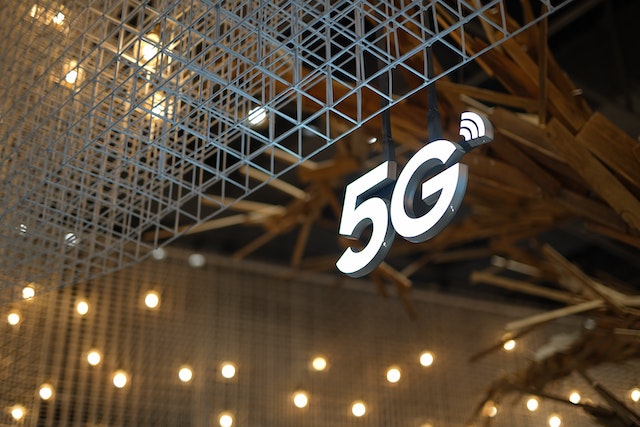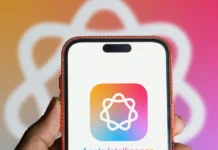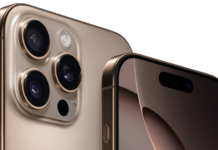The foldable phone existed before smartphones with screens that were almost too large to put in a pocket. Even though you could only make calls and send texts on the flip phone, it was small enough to fit in your hand thanks to its clamshell shape. Afterward, as phones got “smarter,” they also grew bigger and bigger. But now, a new generation of folding smartphones promises to combine modern smartphone technology with the practicality of smaller, more compact foldable designs.
According to the International Data Corporation (IDC), they have estimated that 7.1 million foldable phones, including both flip and fold form factors, would be shipped globally in 2021. Over the 1.9 million units supplied in 2020, this is an increase of 264.3%. According to a recent IDC prediction, shipments of foldable phones will total 27.6 million units in 2025. This means it is growing at a compound annual growth rate (CAGR) of 69.9% from 2020 to 2025.
Also Read: A Brief Guide To 5G Technology
Samsung conquers the Foldable Smartphone market
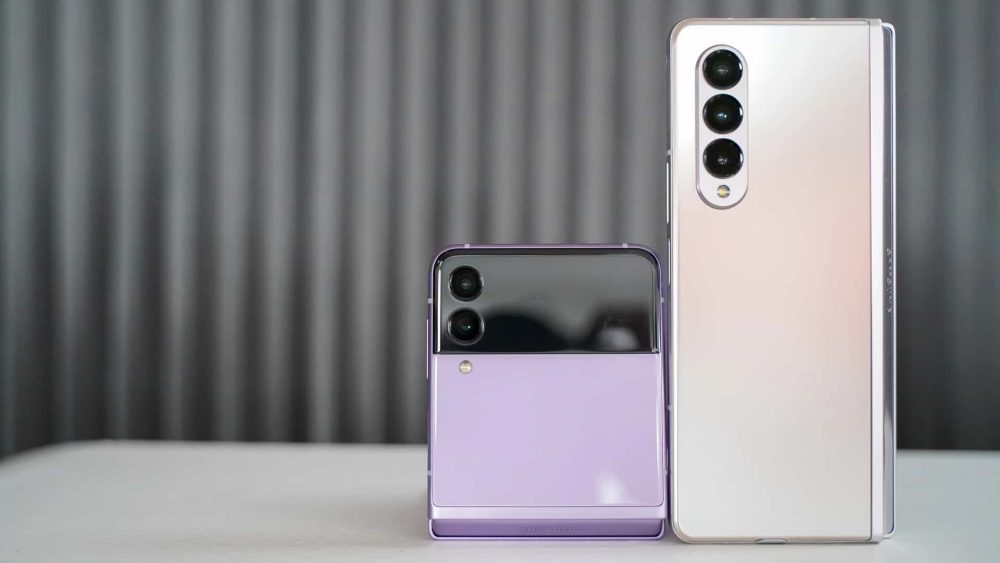
A big part of the rise in 2021 can be credited to Samsung’s recent success, as the Korean manufacturer created waves in the industry with its newest foldable flagships. The larger second display, pocket-friendly folding size, and most notably the $999 price tag made the Flip3’s new design a hit with consumers. Although the new Fold3 experienced significant advancements. As well as 5G, it is still significantly more expensive and a niche product in general.
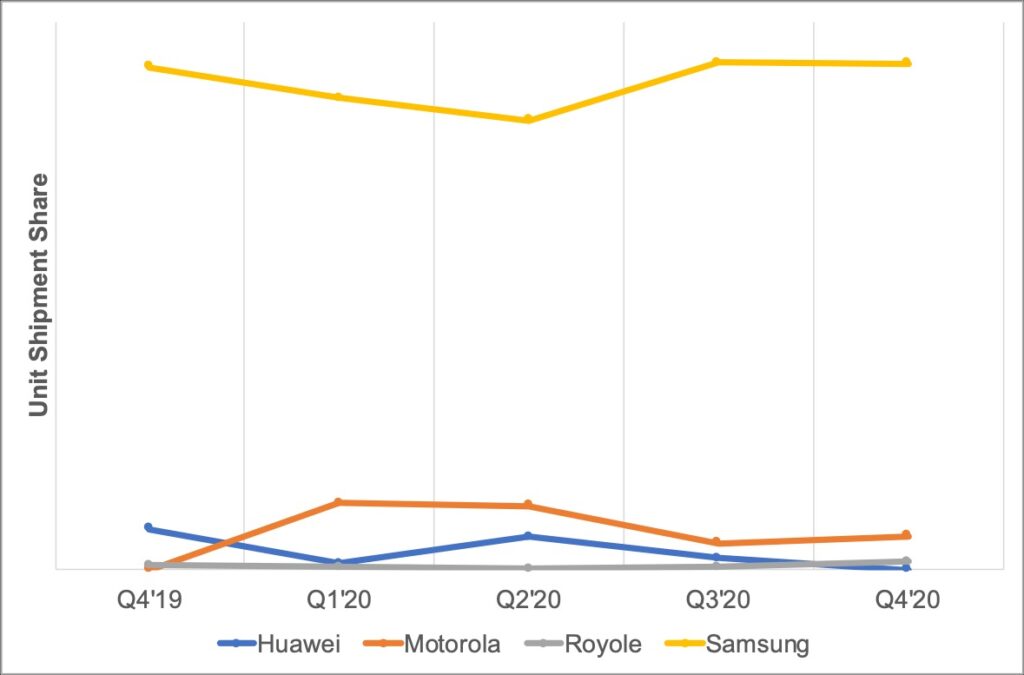
Dr. TM Roh, president of Samsung and in charge of its Mobile Experience Business. The executive contends that folding represents the future in an impassioned blog post about smartphones and their folding capabilities. Additionally, he provides some fascinating data regarding client preferences in this industry.
He further added that The Flip, a phone that folds in half along its shortest axis, much like the Razr flip phones from earlier, was chosen by 70% of consumers last year from Samsung Galaxy foldable options. About 30% selected the Fold. Fold phone allows you to fold the phone in half lengthwise to create a candy bar-shaped phone. The “ultimate productivity device, which enables users to do more through hyper-connected, individual computing,” is how Samsung describes its Fold.
Although, there were issues with the first folding phone models as well. In 2019 Samsung released the industry’s first foldable phone, and it has led the way ever since. Being the first in the game brought some difficulties, including display issues like cracking, air bubbles, and scratches.
Samsung has been working on creating, perfecting, and selling the phone ever since presenting the foldable smartphone. According to Bjorhovde of Canalys, Samsung shipped over 90% of foldable in 2021. Since 2020, the number of Samsung foldable phones shipped has increased by a factor of four.
Also Read: How To Enable And Use 5G On Your iPhone 13
Huawei ranks Second in Foldable Smartphone
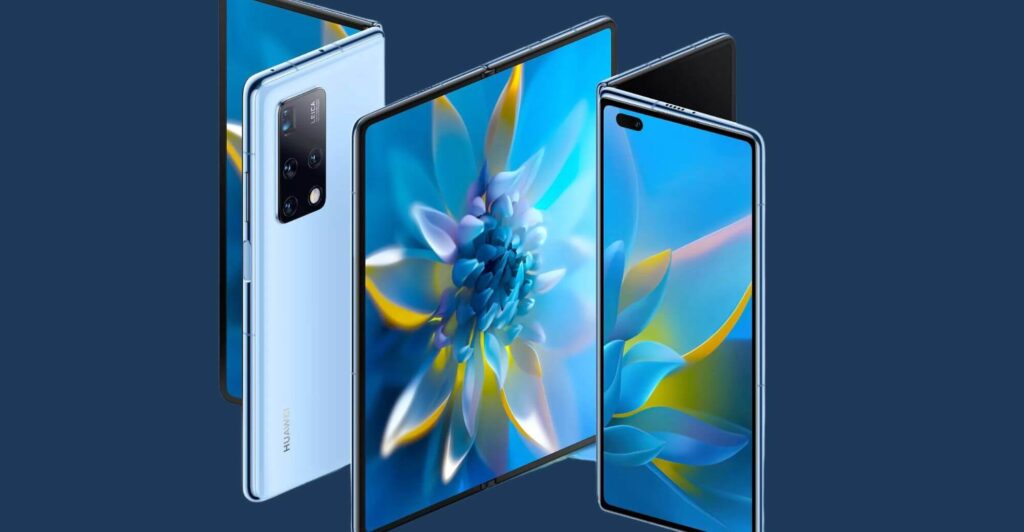
The analysis from Omdia indicated that sales of foldable smartphones began to increase quickly in the second half of 2021, with yearly shipments hitting 9 million units in 2021, attaining a year-over-year growth of 309%.
During this time, Huawei seized the second spot with a huge 47.4% market share for foldable phones. As a result, the Chinese tech giant was responsible for nearly half of all flexible-screen mobile phones sold in the area.
The Pocket S, Mate Xs 2, P50 Pocket, and even the Mate XS were some of the company’s models that helped it gain such a large market share.
Also Read: Top 15 Technologies To Learn In 2023
Oppo and Honor also unleashed their take on foldable phones
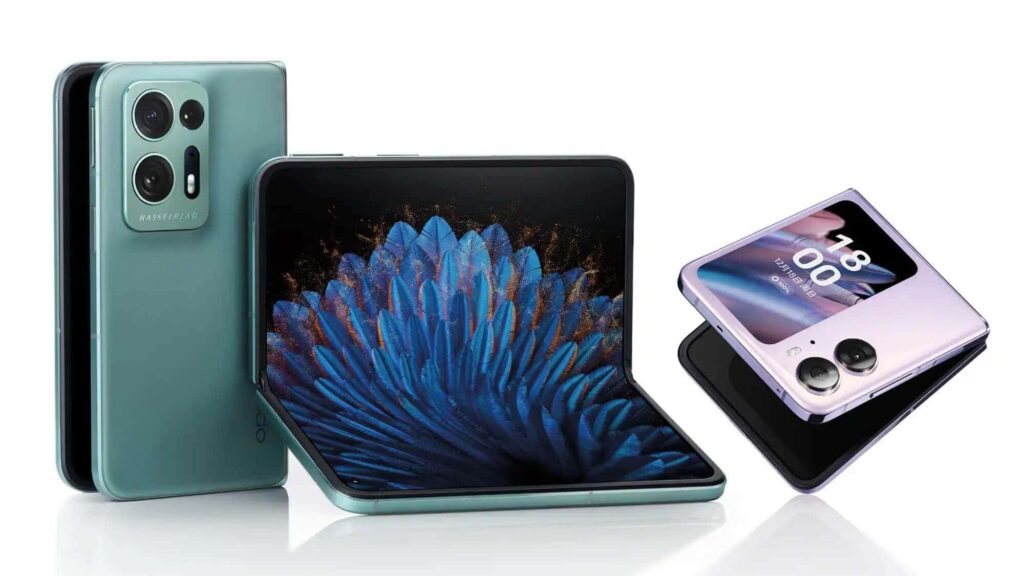
With the Oppo Find N and Honor Magic V, two Chinese tech companies have recently introduced their versions of foldable phones. Despite the foldable market’s expansion, it will take some time before the phone gains a solid reputation.
Apple would greatly increase its credibility if it decided to enter the foldable industry. Apple has the “golden touch,” according to Mawston of Strategy Analytics.
And whether Apple will enter the market has generated a lot of speculation. Before 2025, “iFold” is something Apple should introduce in the US, according to Mawston. He claims that the demand for foldable devices is expanding too swiftly for Apple to ignore.
Also Read: 10 Tech Trends To Expect In 2023, According To CES Report
Huawei Leads the 5G mobile market share as 5G gains Popularity
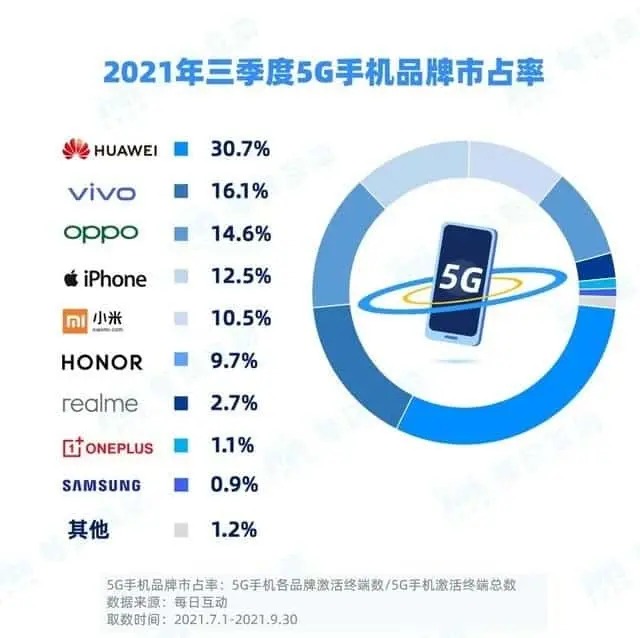
The sales of new smartphones with 5G capabilities overtook those of new smartphones with only 4G capabilities in January 2022, and the iPhone, a relative latecomer to the 5G scene, is largely responsible for this rise.
Nearly four years after Verizon and T-Mobile started turning on 5G networks in the US, monthly unit sales of new smartphones with 5G capabilities have surpassed those of 4G handsets globally.
According to Statista, the percentage of 5G smartphones in global smartphone shipments climbed from 1% in 2019 to 20% in 2020. By 2023, 5G smartphones are expected to overtake 4G shipments after rapidly increasing their market share to 69 percent.
The market leader in the Chinese 5G smartphone market with nearly a 30% market stake, is Huawei. Vivo comes in second with 15.4%, followed by Apple, whose popularity is also rising.
Huawei’s market share fell from the second quarter to 30.7% in terms of brand market share. This is sufficient for the business to hold the top spot in the Chinese market though. In other words, Huawei phones make up 30% of all 5G phones in China.
Further, the analysis shows that 5G mobile phones are already a significant component of the Chinese mobile phone market as of 2021. Foreign research organizations have previously predicted that China has the highest global 5G mobile phone penetration rate. Thanks to Chinese OEM producers and telecom providers. Future 5G market rivalry will be more fierce, and users will undoubtedly experience greater enthusiasm as a response.
Also Read:iPhone 15: All The Rumors Going Around



























